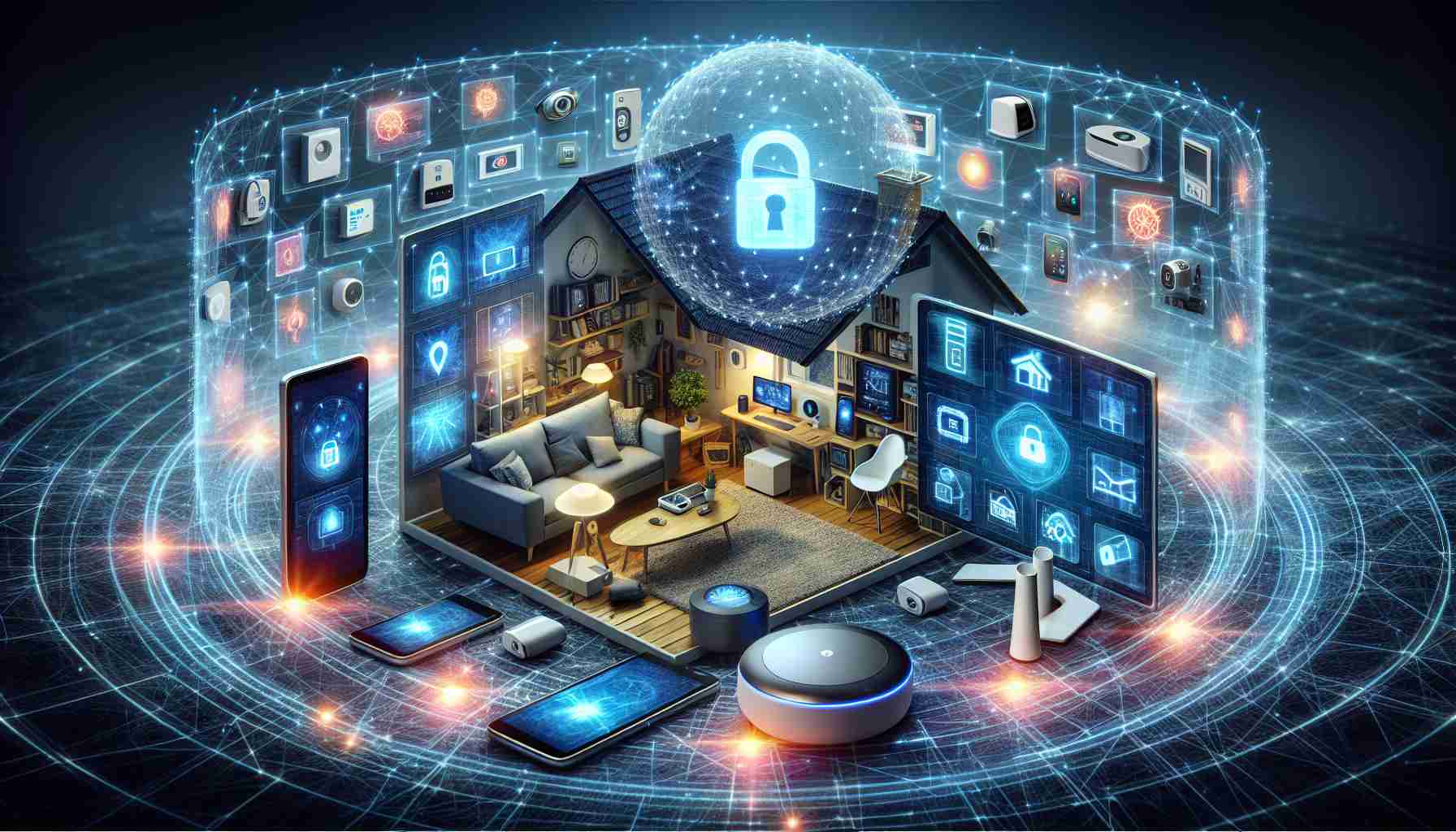A recent incident involving hacked robot vacuums in various U.S. cities serves as a stark reminder of the vulnerability of smart home devices to cyberattacks. Instead of teenagers causing chaos, savvy hackers exploited security loopholes to take control of these household gadgets, unleashing hateful language and creating distress among affected families.
While the breaches may have seemed like mere pranks, they underscore the urgent need for robust cybersecurity measures in the realm of smart homes. Rather than waiting until the next attack occurs, it is paramount that users take proactive steps to safeguard their devices and personal information from malicious actors.
Companies like Ecovacs, the maker of the hacked Deebot X2 vacuums, confirmed a security breach but assured users that it was an isolated event, not part of a larger-scale infiltration. The incident shed light on the potential risks posed by interconnected smart devices in homes, raising concerns about unauthorized access and privacy violations.
To fortify your home against such breaches, it is crucial to keep all smart devices up to date with the latest security patches and enable automatic updates whenever feasible. By staying vigilant and implementing best practices in cybersecurity, you can significantly reduce the chances of falling victim to similar attacks in the future. Remember, in the digital age, proactive defense is key to safeguarding your digital domain.
Additional Facts:
1. Smart home devices are becoming increasingly popular, with millions of households around the world using interconnected gadgets for convenience and efficiency.
2. Cybersecurity breaches on smart home devices can result in unauthorized access to personal data, surveillance, disruption of services, and even physical safety risks.
3. Hackers often target vulnerable smart devices due to inadequate security measures, default passwords, and outdated software.
4. Besides robot vacuums, other common smart home devices prone to cyberattacks include smart cameras, door locks, thermostats, and voice assistants.
Key Questions:
1. What are the most common security vulnerabilities in smart home devices?
2. How can users differentiate between secure and insecure smart home products before making a purchase?
3. What role do manufacturers play in ensuring the cybersecurity of their smart home devices?
Key Challenges/Controversies:
1. Balancing convenience with security: Users often prioritize convenience over security when setting up smart devices, leaving them vulnerable to breaches.
2. Lack of industry standards: The absence of universally accepted cybersecurity standards for smart home devices complicates efforts to secure these interconnected systems effectively.
3. Privacy concerns: The collection of personal data by smart devices raises privacy issues, especially if this data is compromised in a cybersecurity breach.
Advantages:
1. Convenience and automation in daily tasks.
2. Enhanced connectivity and control over home systems remotely.
3. Energy efficiency and cost savings through smart technology implementation.
Disadvantages:
1. Security vulnerabilities leading to potential breaches and data exposure.
2. Dependency on technology may result in disruptions if systems are compromised.
3. Privacy risks due to the constant monitoring and data collection by smart devices.



